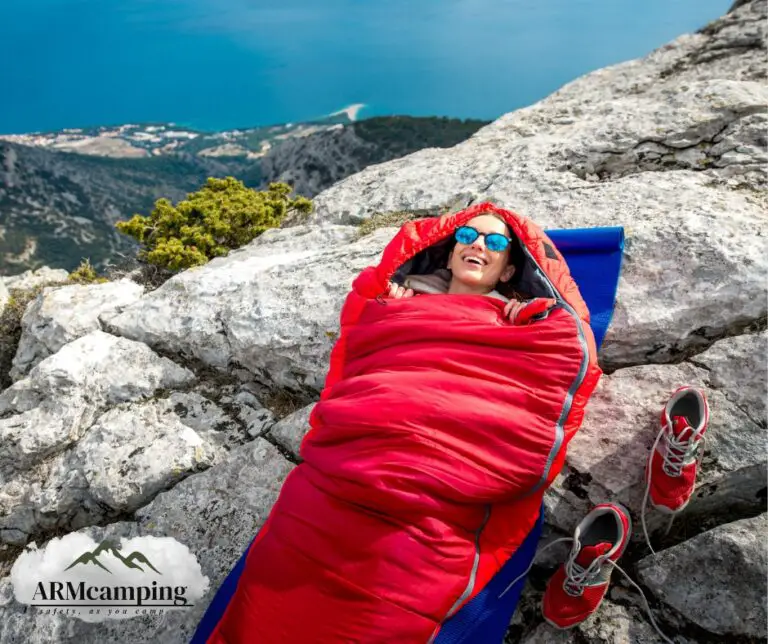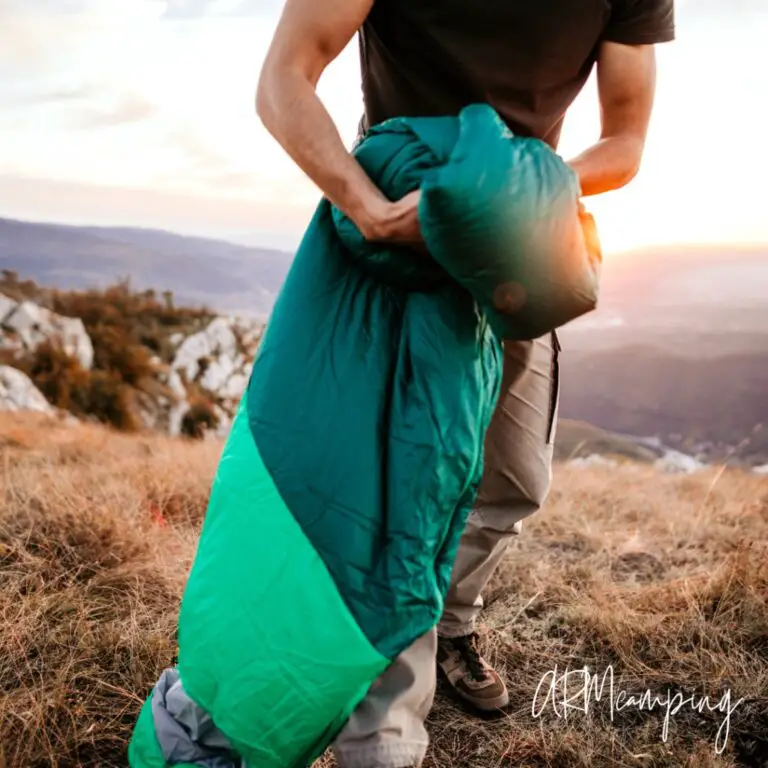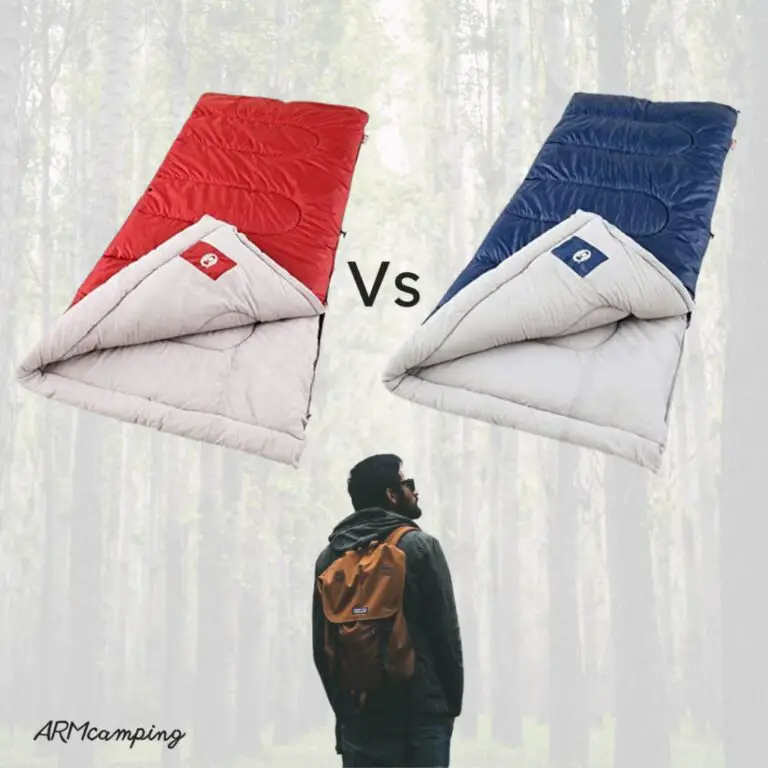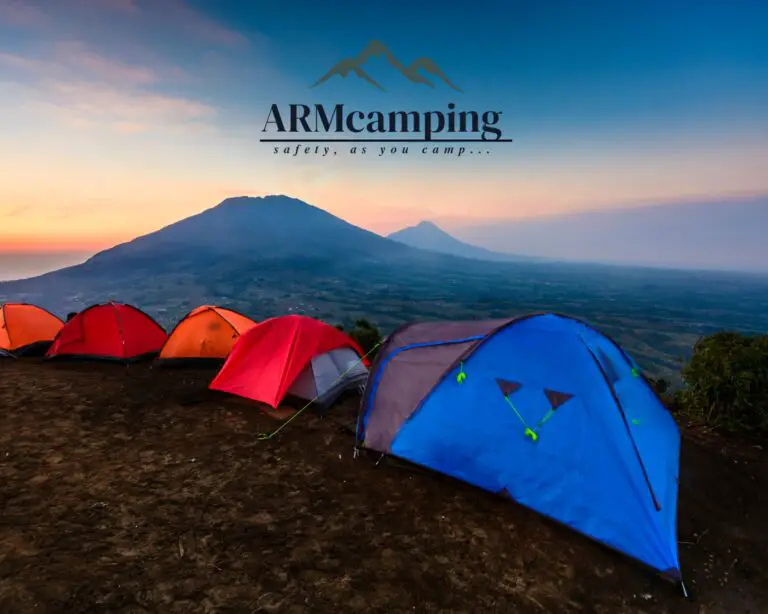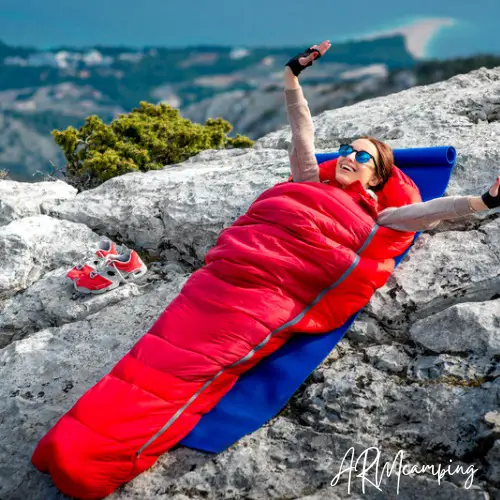
What Is the Best Type of Sleeping Bag for Hot Weather Camping?
Table of Contents
Summer is in full swing and it’s time to break out of the camping gear. If you’ve never camped before, it’s helpful to know what type of sleeping bag works best for you. There are many types of sleeping bags; from synthetic or down.
If you’re going to be camping in hot temperatures, you’re going to want a good sleeping bag.
And whether you’re sleeping in a tent, or in a cabin, there are plenty of different options that you can choose from. But which sleeping bag is the best for hot weather?
Don’t forget, there are several types of sleeping bags you can buy. And each one comes with its own set of benefits and drawbacks.
Down Sleeping Bags:
Down sleeping bags are great for those who want to keep their body temperature at a lower level. They are the best choice for the hot weather. They’re lightweight and waterproof, which means you won’t have to worry about your bag getting wet or smelly when it rains. Down has a high loft, meaning you can use less of it to get the same warmth.
Down is also highly compressible and insulates well, so it’s easy to pack down into a small space. Many sleeping bags come with a stuff sack that you can use to compress your bag while traveling or storing it in storage, which makes them easier to store in your backpack.
Down sleeping bags are available in many styles and sizes, ranging from ultralight backpacking models to roomy mummy bags suitable for two people.
Synthetic Sleeping Bags:
They make synthetic bags from polyester or nylon material and offer more warmth than down bags do, but they’re not as warm as down bags are on their own. They’re also usually cheaper than down bags are, which is a good thing because you won’t be spending as much money on your camping trip!
Synthetic is also more comfortable than natural materials because they don’t keep moisture as well. If you have ever woken up in the middle of a downpour with your sleeping bag soaked through, you know how uncomfortable this can be! Synthetic sleeping bags will keep no water at all when it becomes wet, so you won’t wake up covered in a puddle of water next to your campfire.
But wait…
A good rule of thumb when choosing a sleeping bag is to consider how many people will use it at once and how active they will be during their stay at camp.
If there are several people in your group and they are all going to be hiking or doing other strenuous activities for most of the day, then it might be better for everyone if everyone has their own separate sleeping bags rather than sharing one big one together in order to keep everyone comfortable during their stay at camp.
Find a Bag with A Low-Temperature Rating
Sleeping bags are an essential item for camping trips. When choosing a sleeping bag for your camping gear, review its temperature rating. The rating will be stated as either “Minimum” or “Maximum” and indicates the lowest temperature you will be able to comfortably sleep at.
The higher the rating, the warmer the bag. The rating also shows the temperature range it suited the bag for, so if you choose a bag with a cold-weather rating for sleeping in temperate weather, you will be sorry.
Find a sleeping bag with a low-temperature rating. A low-temperature rating shows a number of degrees below zero. We can use the bag. The higher the number, the warmer the bag is.
The lower the number, the colder it is. For example, a bag rated to -15°F can be used in temperatures as low as -10°F without being damaged. A bag rated to -40°F can be used in temperatures as low as 0°F without being damaged.
Moderate-temperature ratings also show how well a sleeping bag will hold its shape when it’s empty. A high-density rating means it will keep its loft and shape better than a low-density one when empty, but won’t keep you warm when you’re fully clothed inside it when it’s cold outside!
Can You Use a 0-Degree Sleeping Bag in The Summer?
An extremely cold sleeping bag might seem like a hilarious idea, but that’s actually what most people need. They designed sleeping bags to keep you warm in extremely cold environments, and there’s nothing less cold than a hot summer night. Fortunately, even 0-degree sleeping bags are warmer than you might think.


